Pompei wasn’t the only town destroyed by the Vesuvio’s eruption. Another town was actually burnt and buried by the volcano before Pompei: Hercolaneum. We’d never heard of it.
We visited Pompei yesterday and we are going to Hercolaneum today. Hercolaneum was smaller than Pompei, only 20 hectares (Pompei: 60), out of which only 4.5 have been open to the public (Pompei: 45). I am curious to find out how Hercolaneum differs from Pompei.
We have taken the train to Ercolano, the modern name of the town. Only a few people, who look like tourists, get off here. Straight away, we suspect that Hercolaneum may not be as popular as Pompei.
The site is only 10 minutes walk from the train station. We don’t need to buy a ticket as the one we bought in Pompei covers both towns. However, we still hire an audio guide.
We take a panoramic shot before we enter the site. From here, we notice the first difference between Hercolaneum and Pompei: Hercolaneum ‘s houses seem to be better looked after. Ironically, objects buried in heat and lava tend to last longer. And the reason why Hercolaneum’s houses are in a better state than that of Pompei is because it was buried at a temperature of 400°C, which was 100°C higher than Pompei.
Although only 10 kms apart, both towns were very different. Hercolaneum was small and by the seaside, Pompei an industrial hub. Hercolaneum was a holiday place, Pompei was a commercial town.
Like Pompei, Hercolaneum’s excavations started in the XVII century and they haven’t stopped since.
Originally however, because of the depth of the ash and lava, they just dug tunnels, which did more damage than it preserved. The major excavation process really only started much more recently. GDR
We enter the town. These settlements by the coast have only been excavated in the 1980’s. Lots of skeletons were found here, next to their belongings. These people were desperately trying to escape from the evil Vesuvio by running towards the sea. The reality is that no one succeeded. The town was buried in only 24 hours.
Rivers of lava are still deeply encrusted in the rocks. The town was buried as deep as 23 metres (Pompei at 45).
A bit further along, we find the remains of a temple. The black colour on the walls reminds us of the devastated effects of the fire and the smoke.
However, the altar, made out of white marble, still shows its colour intact after a good clean.
We continue our tour. The next stop is the bread shop. Nothing is missing from here: the mills to mix the flour, the shelves where the loafs used to be displayed for sale…
And, of course, the baking oven, which is actually not dissimilar to the pizza oven we use these days.
And we carry on, stopping in every building. The audio guide tells us not only about the history but about how it was used, how it was built and the state of it when it was found. It is very informative and thorough.
Look at this fountain below. It is hard to believe that it has been underground for centuries, covered in lava and ashes.
This is one of the several cantinas which existed in Hercolaneum. We are very surprised about the quality and endurance of the worktop. The wholes on the top belonged to containers to keep the food warm. Due to the higher temperatures in which the town was buried, foods such as onions, figs and pomegranates have been found here, which would not have survived in Pompei.
The audio guide describes the locals’ eating habits. This won’t be the first time we will hear it. The audio repeated the same story at every cantina. In the end, it became a bit boring. They could have tailor-made the descriptions as each establishment was different. Never mind, we now know by heart how these people used to eat.
Mosaics, we love them. They were used for decoration and for flooring.
Another almost intact mosaic. This house also had a nice garden at the back.
The houses we have seen so far belonged to wealthy people. You can tell by the scale, the sculptures, the frescoes, the mosaics… However, there has been no mention of the poor, how and where they used to live, what places they used to frequent, did they use to attend the cantinas for lunch?
Frescoes have also kept well, although the best ones have been taken away and are currently exposed in the archaeology museum of Naples.
You will hear a little more about this tomorrow. GDR
This is the equivalent of the parliament. Senators and other representatives of the law used to meet to organise and decide civil life.
Typical attraction in a roman town: the thermal baths. What we see here is the changing room. The scale of the room is absolutely incredible. At the back, the fireplace to keep the room warm.
People used to leave their clothes on these wooden shelves. We have always heard that fire is primary enemy of wood. Here, I have learnt that if buried at the right time, it could last for centuries in a fair state. Incredible.
Not many people used to have proper washing facilities in their houses so, the primary function of these places were personal hygienic. But they were also used for socialising or even, political discussions.
This is a mosaic in the women’s changing room. I like it, the nicely achieved curve of Neptune god is amazing.
The baths had three swimming pools: hot, warm and cold water. It had also a steam room. The whole of the complex was provided with an underground heating system that provided steam and hot water to the rooms.
This is the cold water swimming pool. The hot water and steam swimming pools were inside.
This fountain found in another house caught my attention. Very weird, the blue and the yellow colours have not been worn out underground.
This used to be the gym. Gladiators and soldiers came to train and compete. It is interesting that the basics functions of a town remain in the places we live today.
These houses have been excavated recently. They were found at the edge of the archaeological park, just before the modern town commences. The remaining of Hercolaneum lies now underneath the modern houses. I wonder what the archaeologists’ plans are. Will they continue to excavate underneath the modern town? It looks a complicated and an arduous job. If they do, will they plan to open the new findings to the public? Will underground tours appeal to tourists?
We are getting to the end of the tour. We look at the watch, we have been here longer than three hours. We have taken our time to deeply explore this place, as it is much smaller than Pompei and had less people around. We do now understand much better the social, political and cultural life of these people.
It is hot and sunny, there is a park outside the ticket office, so we sit on the grass and have some lunch before we go to our next cultural site, the MAV.
The MAV is the Museo Archeologico Virtuale, and it is only five minutes from here. We have decided to come here because it is included in our Roman ticket and we liked the sound of it when we read about it in our guide.
This museum is the first one in Italy to apply technology to cultural heritage. Here, we will not find sculptures, pictures or objects found in the excavations. Rather, the visit will consist of an interactive tour to the past, in which technology has been used to recreate the town and the Vesubio’s eruption. We are intrigued about this new experience.
We get to the museum. It looks pretty quiet. Not many people seem to stop here after their visit to Hercolaneum.
We start our interactive tour. In the first room we are presented with an imitation of the volcano eruption using: thunderstorm sounds, for the noise; orange and white lights, for the fire; and fake smoke, for the ashes. We are not sure about our choice now. It looks for children. Is this what they mean by new edge museum? We fear we have wasted our money.
We come in to the next room. A big screen is displaying a film about the thermal baths. It has just started so we sit on the floor to watch it.
It is like a cartoon-film showing how the thermal bath systems worked, how they collected, heated and conducted the water to the baths.
To illustrate what the building used to look like, they have put together two images of how it looked like before and after the eruption. This is very interesting. We like their approach. The Roman forum should copy it.
A clear example that an image worth a thousand words.
Truth be told, I was still surprised at the crudeness of these visualisations. We can do much better today. It was interesting to see what the animator was comfortable in doing. They really didn’t like people, these are much too hard, and to animate them, well impossible! They really liked to do fire, so we got a fair bit of this. It is a bit of a shame, we can do so much better with the technology we have today. I am really surprised this sort of visualisation is not used more often but of a much better quality. GDR
We were really enjoying the experience until a school group of teenagers turned up. They must be on a school trip. They are all really loud, playful with their mobile phones, completely oblivious to their surroundings. How much they will get out of today’s cultural trip, I am not sure.
This takes me back to my school day trips. I don’t remember that much of them, only that it was a day to miss school, to have fun and to cause trouble to the teachers. At the time, it was great. Now, thirty years older, I feel it was a waste of money. Maybe if the teachers had made the experience a bit more interactive so we would have been more engaged and, therefore, learnt more from it.
We have seen a lot of these school parties, and you can tell very few get anything out of it. At MAV, even though they were teenagers, they were running through the galleries completely oblivious to anyone else around them. The teachers seemed to be ignoring them and the kids were completely out of control until one fell over and required medical attention, only then did the teachers all cluster around her, probably worried about liability. The kids got bored within seconds of entering and clustered near the exit waiting to leave, all now focuses on the phones and their ‘anti-social networks’. I have some sympathy, much of the day is spent waiting; waiting to get on the coach, waiting to get tickets, waiting to leave,waiting to board the bus again, how boring. Why not wait until they are old and mature enough to appreciate it and want to see it, these weren’t. GDR
Time to go back to our campsite and continue to do some laundry. Tomorrow we have another cultural day trip, to Naples. Quite an interesting one.
SM

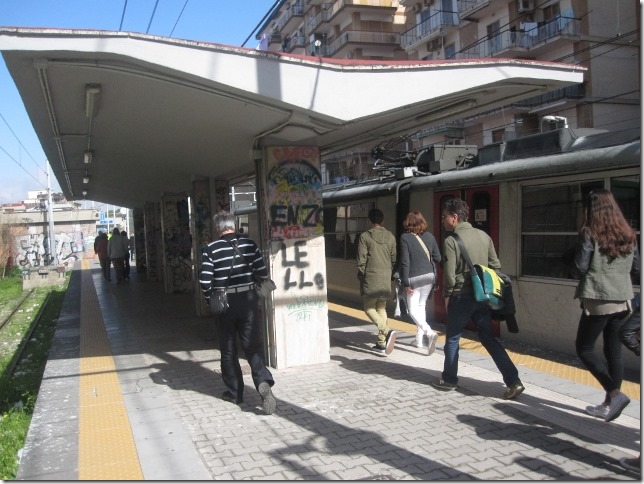
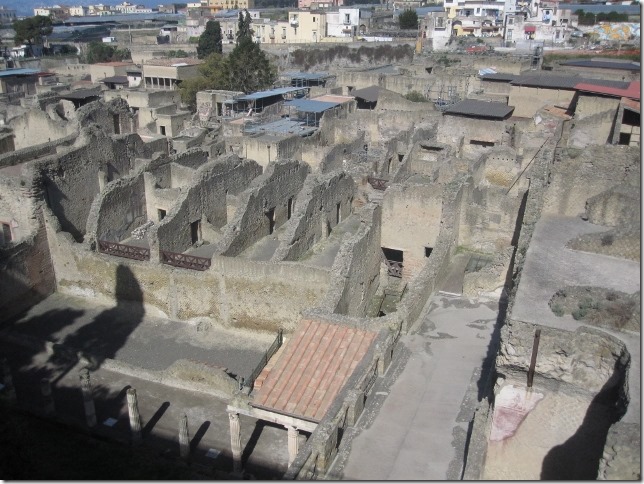
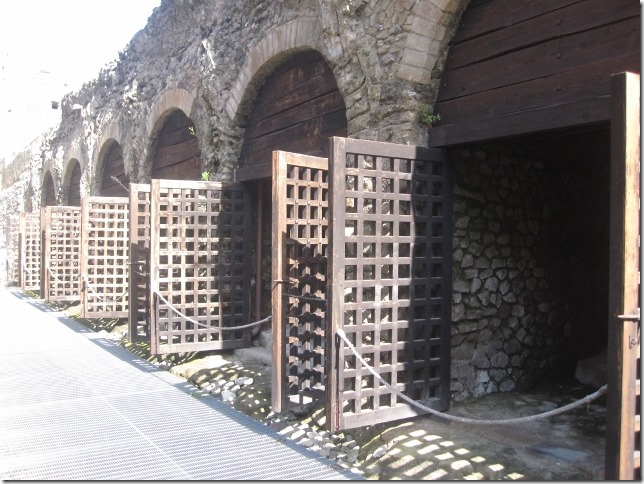
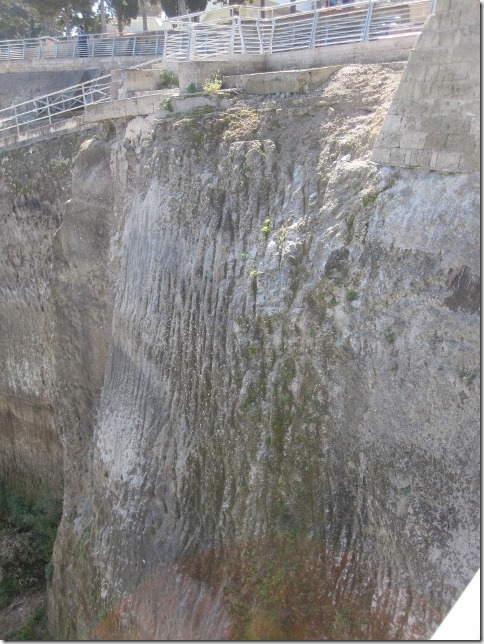
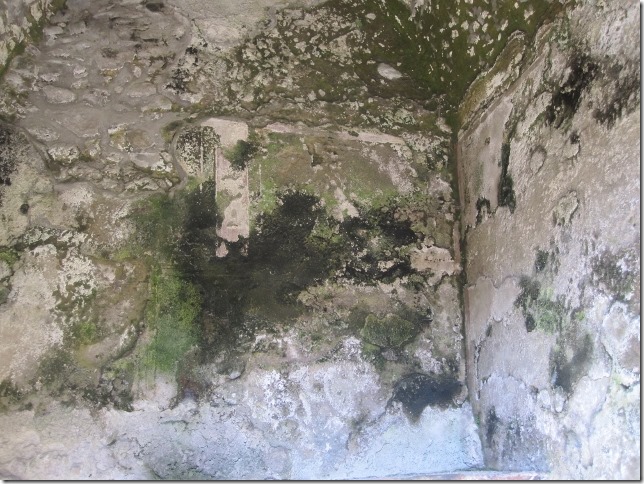
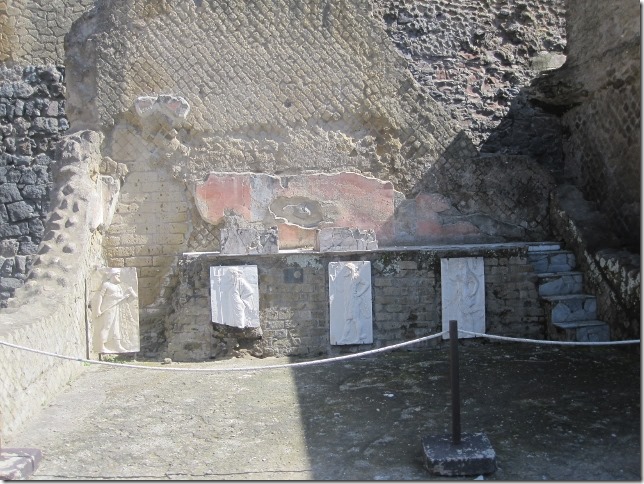
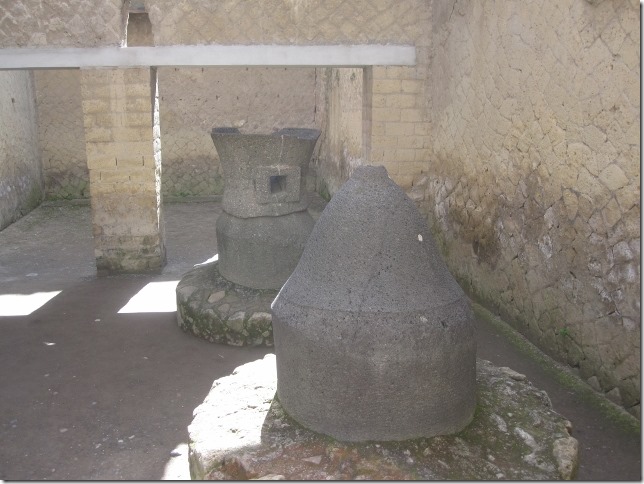
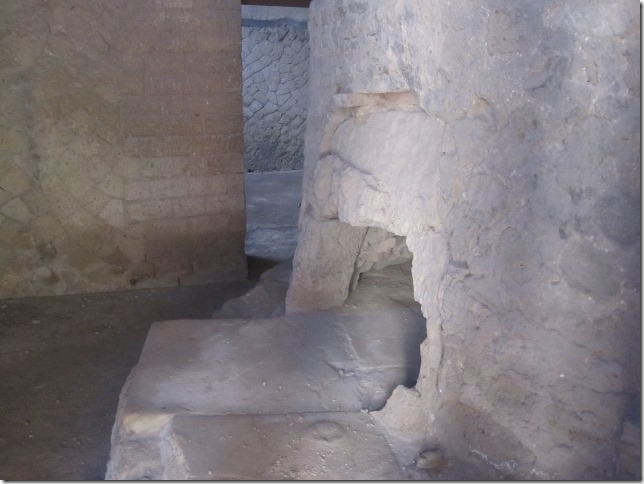
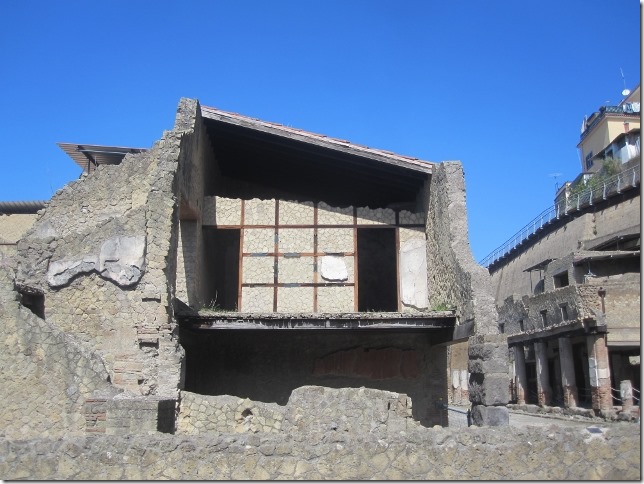
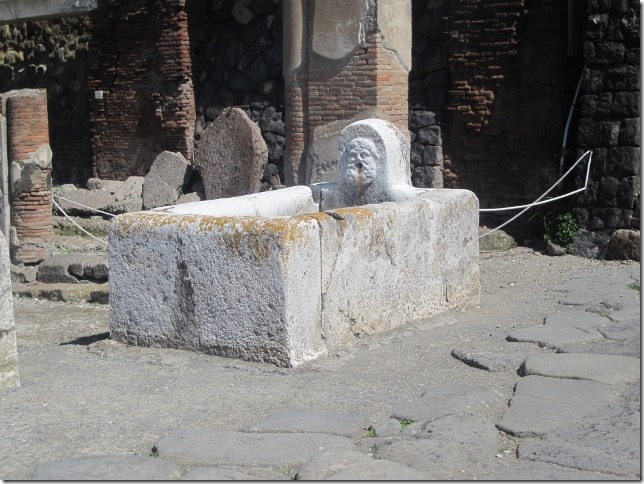
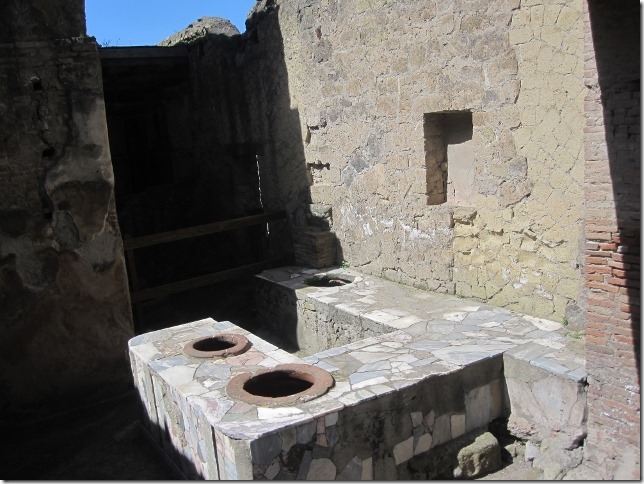
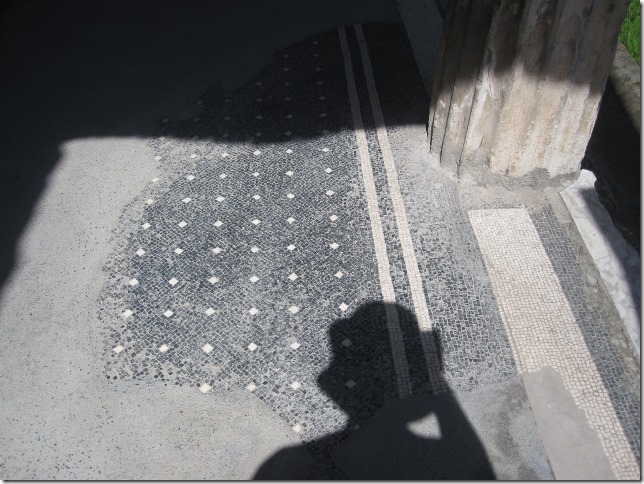
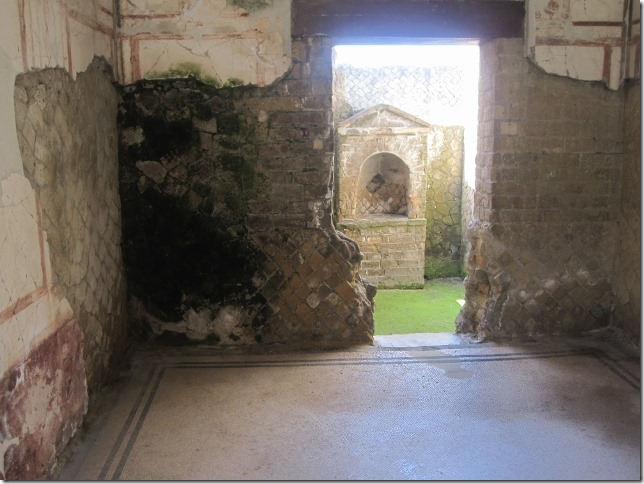
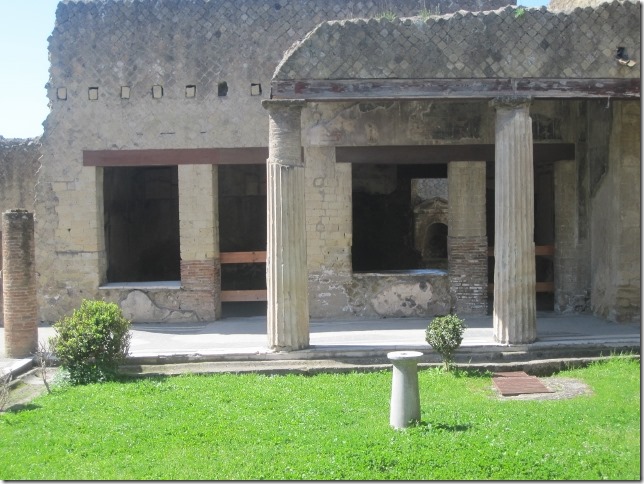
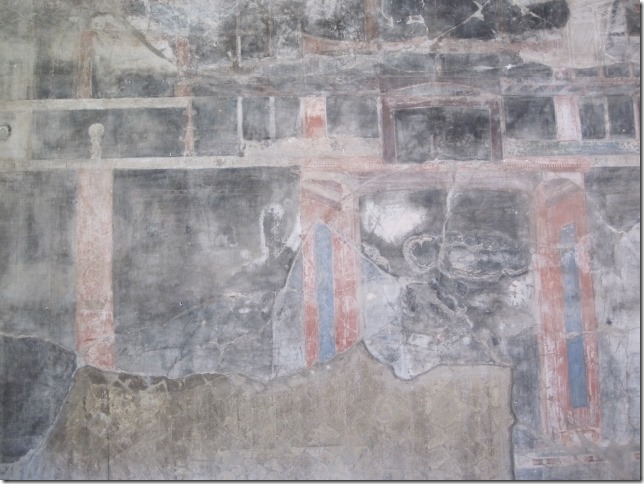
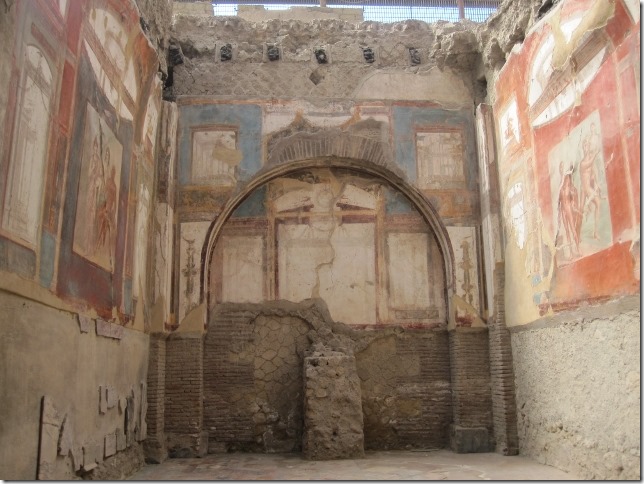
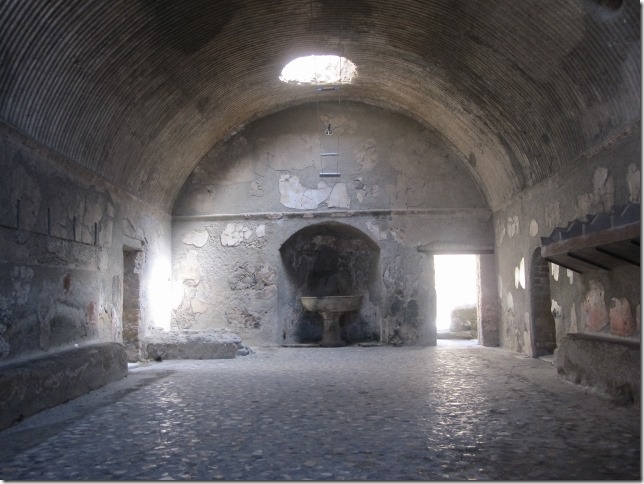
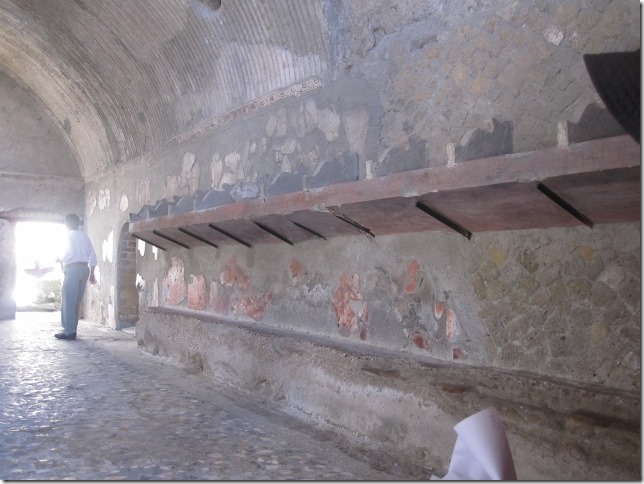
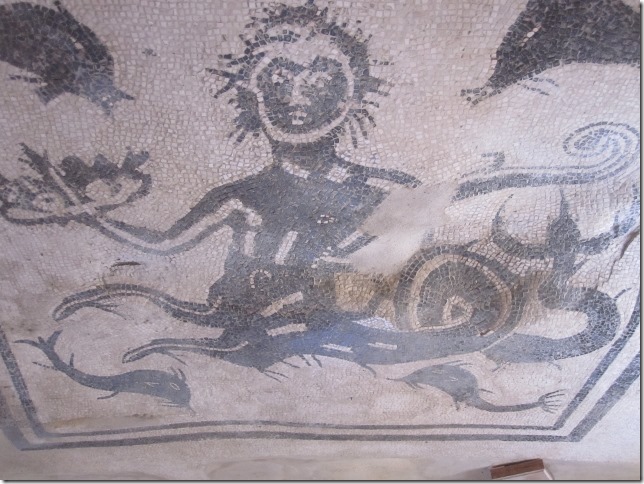
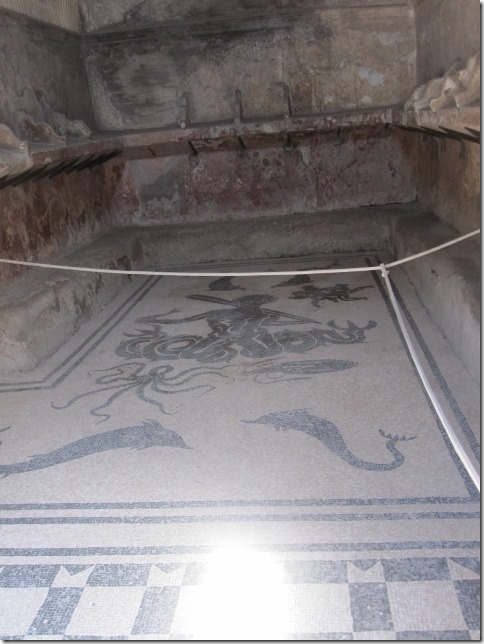
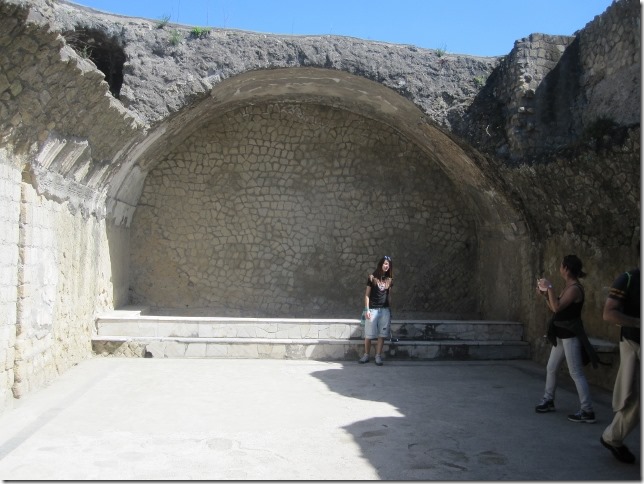
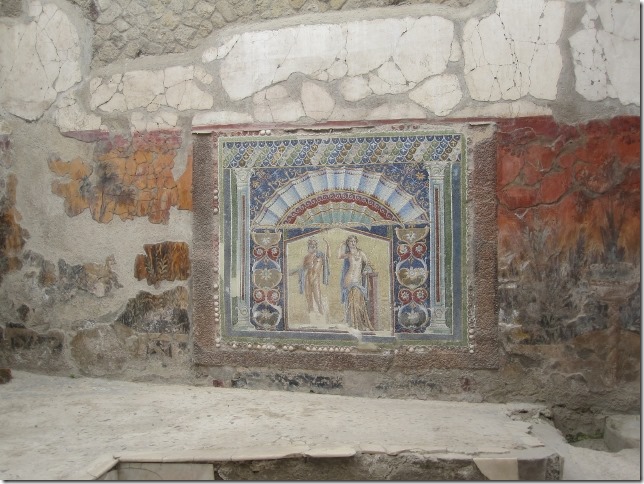
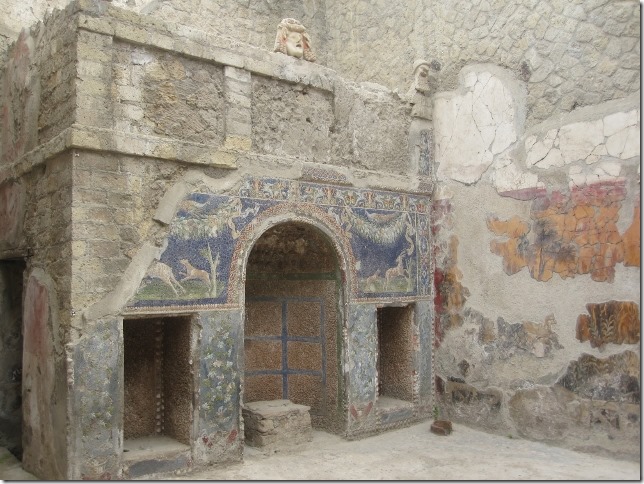
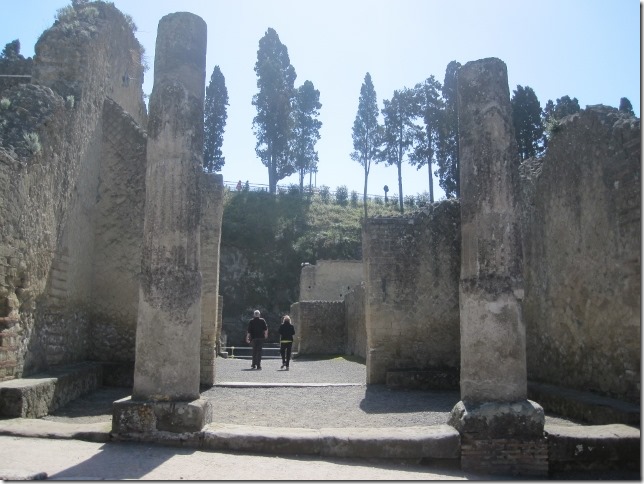
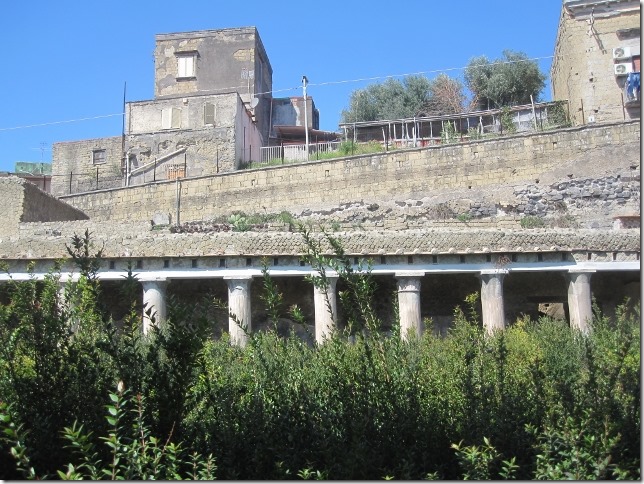
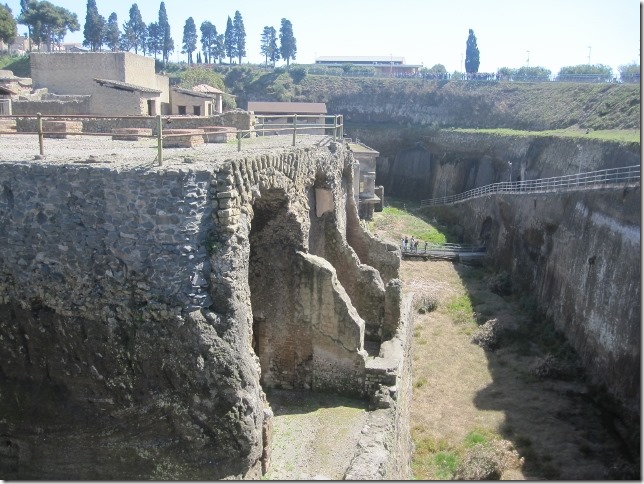
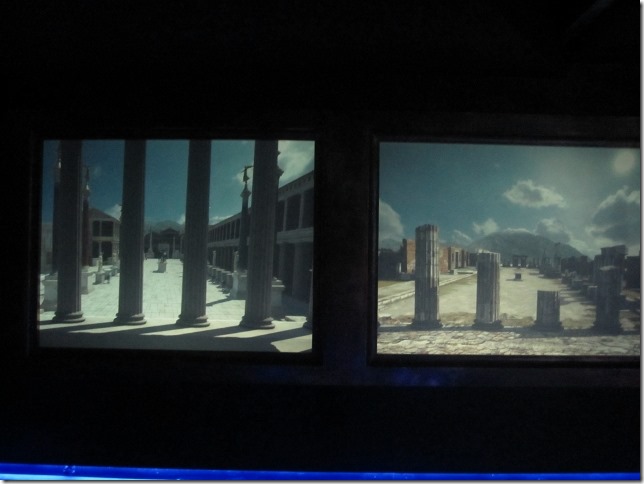
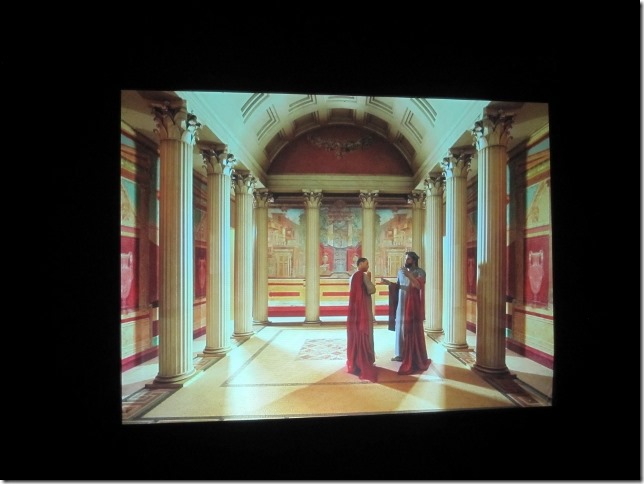
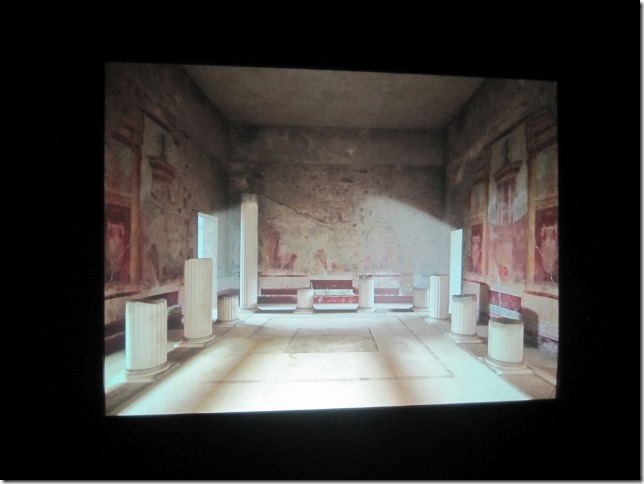






Gran trabajo el de los arqueólogos , no es de extrañar que lleven siglos para sacar a la luz todas esas ruinas, parece mentira que estuviera todo enterrado
Nos gusto mucho, mas que Pompeia. Mas relajados viendolo